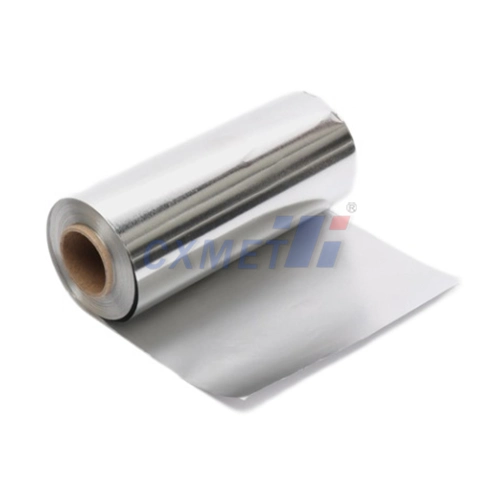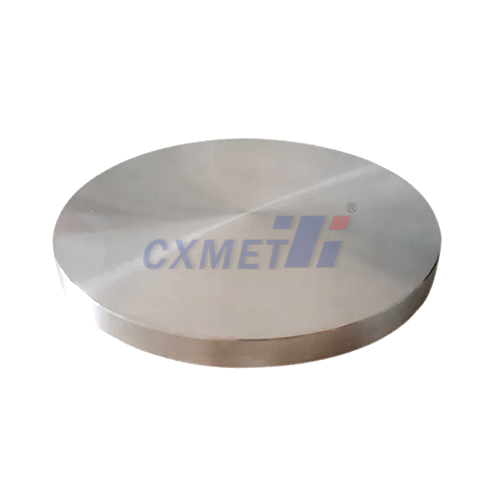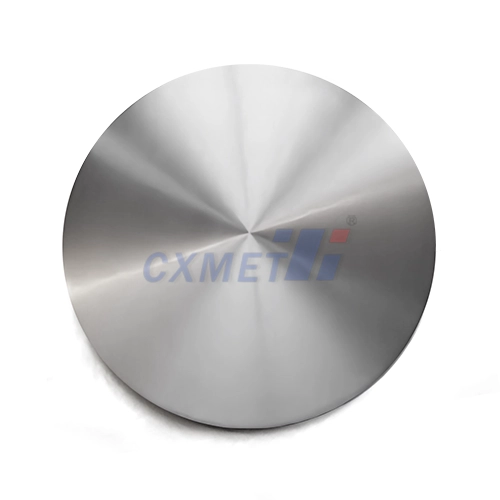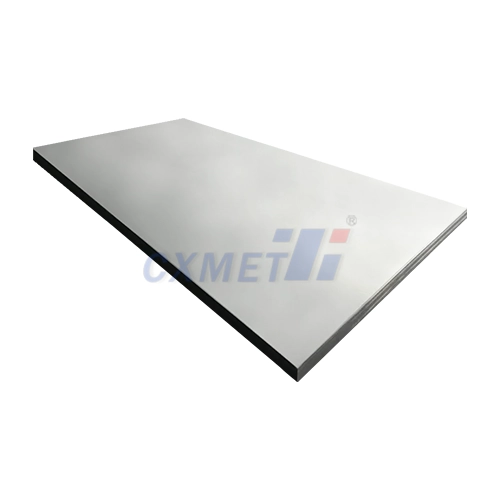- English
- French
- German
- Portuguese
- Spanish
- Russian
- Japanese
- Korean
- Arabic
- Greek
- German
- Turkish
- Italian
- Danish
- Romanian
- Indonesian
- Czech
- Afrikaans
- Swedish
- Polish
- Basque
- Catalan
- Esperanto
- Hindi
- Lao
- Albanian
- Amharic
- Armenian
- Azerbaijani
- Belarusian
- Bengali
- Bosnian
- Bulgarian
- Cebuano
- Chichewa
- Corsican
- Croatian
- Dutch
- Estonian
- Filipino
- Finnish
- Frisian
- Galician
- Georgian
- Gujarati
- Haitian
- Hausa
- Hawaiian
- Hebrew
- Hmong
- Hungarian
- Icelandic
- Igbo
- Javanese
- Kannada
- Kazakh
- Khmer
- Kurdish
- Kyrgyz
- Latin
- Latvian
- Lithuanian
- Luxembou..
- Macedonian
- Malagasy
- Malay
- Malayalam
- Maltese
- Maori
- Marathi
- Mongolian
- Burmese
- Nepali
- Norwegian
- Pashto
- Persian
- Punjabi
- Serbian
- Sesotho
- Sinhala
- Slovak
- Slovenian
- Somali
- Samoan
- Scots Gaelic
- Shona
- Sindhi
- Sundanese
- Swahili
- Tajik
- Tamil
- Telugu
- Thai
- Ukrainian
- Urdu
- Uzbek
- Vietnamese
- Welsh
- Xhosa
- Yiddish
- Yoruba
- Zulu
How is a 10mm Titanium Rod Used in Medical Implants?
2025-03-22 15:04:31
A Dia 10mm Titanium Rod In Medical is a crucial component in various medical implants, particularly in orthopedic and spinal surgeries. These rods are designed to provide stability, support, and strength to the skeletal structure, aiding in the healing process and improving patient outcomes. Titanium is chosen for its biocompatibility, durability, and resistance to corrosion, making it an ideal material for long-term implantation in the human body. The 10mm size is commonly used in spinal fusion procedures, offering a balance between strength and flexibility that is suitable for many patients.
|
|
|
What are the benefits of using titanium rods in spinal fusion surgery?
Titanium rods play a vital role in spinal fusion surgery, offering numerous benefits that contribute to successful outcomes and improved patient quality of life. These rods are instrumental in stabilizing the spine, facilitating proper alignment, and promoting fusion between vertebrae. The use of titanium rods in spinal fusion surgery has revolutionized the treatment of various spinal conditions, including degenerative disc disease, scoliosis, and spinal fractures.
One of the primary advantages of using Dia 10mm Titanium Rod In Medical is their exceptional strength-to-weight ratio. This property allows surgeons to use relatively thin rods that can still withstand the significant forces exerted on the spine during daily activities. The 10mm diameter is particularly effective in providing the necessary support while minimizing the overall bulk of the implant. This reduced size translates to smaller incisions and less tissue disruption during surgery, potentially leading to faster recovery times and reduced postoperative pain.
Titanium's biocompatibility is another crucial factor in its widespread use for spinal implants. The human body generally accepts titanium well, with minimal risk of rejection or allergic reactions. This compatibility allows for long-term implantation without adverse effects on surrounding tissues. Additionally, titanium's ability to osseointegrate - the process by which bone cells grow directly onto the surface of the implant - enhances the stability of the fusion over time, contributing to better long-term outcomes.
The corrosion resistance of titanium rods is particularly beneficial in the context of spinal fusion surgery. Unlike some other metals, titanium does not degrade significantly over time when exposed to bodily fluids. This property ensures that the implant maintains its structural integrity and continues to provide the necessary support for years after the surgery. The durability of titanium rods reduces the likelihood of implant failure and the need for revision surgeries, which can be complex and carry additional risks.
Furthermore, titanium rods are compatible with modern imaging technologies such as MRI and CT scans. This compatibility is crucial for postoperative monitoring and long-term follow-up, allowing healthcare providers to assess the fusion progress and overall spinal health without the need to remove the implants. The radiolucency of titanium also means that it does not significantly interfere with the quality of these imaging studies, enabling accurate diagnostics even after the implantation.
How does the 10mm size of the titanium rod affect its performance in medical implants?
The 10mm size of titanium rods is carefully chosen to balance several critical factors in medical implant performance. This specific diameter has been found to offer an optimal combination of strength, flexibility, and compatibility with human anatomy, particularly in spinal applications. The size of the rod directly influences its mechanical properties and how it interacts with the patient's body, making it a crucial consideration in implant design and surgical planning.
In terms of strength, a Dia 10mm Titanium Rod In Medical provides sufficient rigidity to stabilize the spine effectively. This is particularly important in cases of severe spinal instability or when significant corrective forces are required, such as in scoliosis correction. The rod's diameter ensures that it can withstand the compressive, tensile, and torsional forces that the spine experiences during daily activities without bending or breaking. This strength is essential for maintaining spinal alignment and promoting proper fusion between vertebrae.
However, strength is not the only consideration. The 10mm size also allows for a degree of flexibility that is beneficial for spinal biomechanics. While the rod needs to be rigid enough to provide stability, some flexibility is desirable to allow for natural spinal movement and to reduce stress on adjacent spinal segments. This balance helps prevent complications such as adjacent segment disease, where excessive rigidity can lead to accelerated degeneration of the vertebrae above and below the fusion site.
The 10mm diameter also influences the surgical technique and overall implant system design. This size is compatible with a wide range of pedicle screws, hooks, and other fixation devices used in spinal surgery. It allows for the creation of low-profile constructs that minimize the implant's prominence under the skin, potentially reducing discomfort and the risk of soft tissue irritation. The relatively small diameter also facilitates minimally invasive surgical techniques, which can lead to faster recovery times and reduced postoperative pain.
From a manufacturing perspective, the 10mm size represents a sweet spot in terms of production capabilities and material efficiency. It allows for the creation of rods with consistent quality and mechanical properties, which is crucial for ensuring reliable performance across different patients and surgical scenarios. The standardization of this size also simplifies inventory management for hospitals and facilitates surgeon familiarity with the implants, potentially leading to more predictable surgical outcomes.
It's important to note that while 10mm is a commonly used size, the choice of rod diameter can vary based on individual patient factors such as body size, bone quality, and the specific spinal condition being treated. Surgeons may opt for slightly smaller or larger diameters in certain cases to best meet the patient's needs. The availability of different sizes, including the 10mm option, provides flexibility in treatment planning and allows for personalized approaches to spinal surgery.
|
|
|
What are the key considerations for surgeons when implanting a 10mm titanium rod?
When implanting a 10mm titanium rod, surgeons must carefully consider a multitude of factors to ensure optimal outcomes for their patients. The implantation process is complex and requires a deep understanding of spinal biomechanics, surgical techniques, and patient-specific considerations. Surgeons must balance the need for stability and correction with the goal of preserving as much natural spinal function as possible.
One of the primary considerations is the precise placement of the rod. The surgeon must ensure that the rod is positioned correctly to achieve the desired spinal alignment and deformity correction. This involves careful preoperative planning, often using advanced imaging techniques and computer-assisted surgical planning tools. During the procedure, the surgeon must navigate around delicate neural structures and blood vessels, requiring a high degree of skill and precision.
The selection of appropriate fixation points is another critical consideration. The 10mm titanium rod is typically secured to the spine using pedicle screws, hooks, or other attachment devices. The surgeon must determine the optimal number and placement of these fixation points to distribute forces evenly along the construct and provide adequate stability. This decision is influenced by factors such as bone quality, the specific spinal condition being treated, and the length of the fusion construct.
Bone quality is a particularly important factor that surgeons must assess. In patients with osteoporosis or other conditions that affect bone density, additional measures may be necessary to ensure secure fixation of the rod. This might include the use of larger diameter pedicle screws, expandable screws, or cement augmentation techniques. The surgeon must carefully balance the need for strong fixation with the risk of fracturing weakened bone during screw insertion.
The curvature and contouring of the rod are also crucial considerations. While the Dia 10mm Titanium Rod In Medical comes in a relatively straight form, it often needs to be bent to match the desired spinal curvature. This contouring process must be done carefully to avoid weakening the rod or creating stress points that could lead to failure. Some modern surgical techniques employ pre-contoured rods or in situ bending devices to achieve the optimal shape while minimizing manipulation of the rod.
Surgeons must also consider the potential for stress shielding when implanting titanium rods. Stress shielding occurs when the implant takes on a significant portion of the load that would normally be borne by the bone, potentially leading to bone weakening over time. To mitigate this, surgeons may employ techniques such as dynamic stabilization or hybrid constructs that combine rigid fixation with more flexible elements to maintain some degree of physiological loading on the bone.
The interface between the rod and the patient's anatomy is another important consideration. Surgeons must ensure that the rod and its fixation points do not impinge on surrounding soft tissues, which could lead to pain or neurological complications. This often involves careful soft tissue handling and, in some cases, the use of specialized low-profile implants designed to minimize tissue irritation.
Finally, surgeons must consider the long-term implications of implanting a 10mm titanium rod. While these implants are designed for permanent placement, there is always the possibility that revision surgery may be needed in the future. The surgeon must therefore plan the initial implantation in a way that does not preclude future interventions, should they become necessary. This might involve strategic placement of fixation points or the use of techniques that preserve adjacent spinal segments.
Conclusion
The use of Dia 10mm Titanium Rod In Medical in medical implants, particularly in spinal surgery, represents a significant advancement in the field of orthopedics. These rods offer a combination of strength, biocompatibility, and versatility that makes them invaluable tools in treating a wide range of spinal conditions. From providing stability in spinal fusion procedures to facilitating complex deformity corrections, titanium rods have become essential components in modern spinal surgery.
As surgical techniques and implant technologies continue to evolve, it is likely that we will see further refinements in the use of titanium rods. This may include the development of surface treatments to enhance osseointegration, the integration of smart technologies for postoperative monitoring, or the creation of patient-specific implants using 3D printing technologies. Whatever the future holds, the fundamental properties of titanium that make it so suitable for medical implants ensure that it will remain a critical material in orthopedic and spinal surgery for years to come.
At SHAANXI CXMET TECHNOLOGY CO., LTD, we take pride in our extensive product range, which caters to diverse customer needs. Our company is equipped with outstanding production and processing capabilities, ensuring the high quality and precision of our products. We are committed to innovation and continuously strive to develop new products, keeping us at the forefront of our industry. With leading technological development capabilities, we are able to adapt and evolve in a rapidly changing market. Furthermore, we offer customized solutions to meet the specific requirements of our clients. If you are interested in our products or wish to learn more about the intricate details of our offerings, please do not hesitate to contact us at sales@cxmet.com. Our team is always ready to assist you.
|
|
|
References
1. Vaccaro, A. R., & Albert, T. J. (2018). Spine surgery: Techniques, complication avoidance, and management. Elsevier.
2. Kurtz, S. M., & Edidin, A. A. (2006). Spine technology handbook. Elsevier.
3. Boos, N., & Aebi, M. (2008). Spinal disorders: Fundamentals of diagnosis and treatment. Springer.
4. Benzel, E. C. (2012). Spine surgery: Techniques, complication avoidance, and management. Elsevier Health Sciences.
5. Herkowitz, H. N., Garfin, S. R., Eismont, F. J., Bell, G. R., & Balderston, R. A. (2011). Rothman-Simeone The Spine E-Book. Elsevier Health Sciences.
6. Bridwell, K. H., & DeWald, R. L. (2019). The textbook of spinal surgery. Lippincott Williams & Wilkins.









